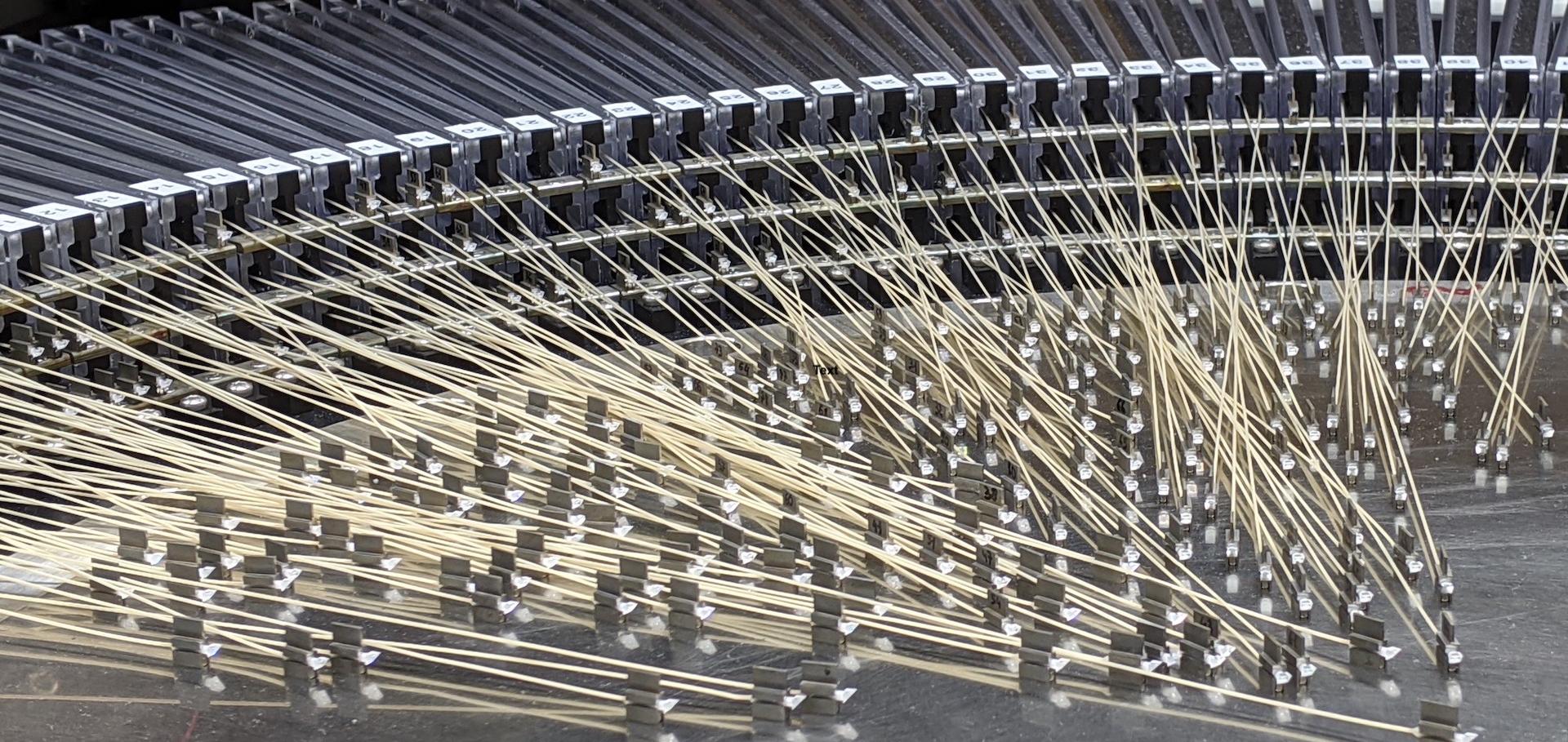The 2dF Galaxy Redshift Survey: correlation functions, peculiar velocities and the matter density of the Universe
(2002)
Parameter constraints for flat cosmologies from cosmic microwave background and 2dFGRS power spectra
Monthly Notices of the Royal Astronomical Society 337:3 (2002) 1068-1080
Abstract:
We constrain flat cosmological models with a joint likelihood analysis of a new compilation of data from the cosmic microwave background (CMB) and from the 2dF Galaxy Redshift Survey (2dFGRS). Fitting the CMB alone yields a known degeneracy between the Hubble constant h and the matter density Ωm, which arises mainly from preserving the location of the peaks in the angular power spectrum. This 'horizon-angle degeneracy' is considered in some detail and is shown to follow the simple relation Ωm h3.4 = constant. Adding the 2dF-GRS power spectrum constrains Ωm h and breaks the degeneracy. If tensor anisotropies are assumed to be negligible, we obtain values for the Hubble constant of h = 0.665±0.047, the matter density Ωm = 0.313±0.055, and the physical cold dark matter and baryon densities Ωm h2 = 0.115±0.009, Ωm h2 = 0.022±0.002 (standard rms errors). Including a possible tensor component causes very little change to these figures; we set an upper limit to the tensor-to-scalar ratio of r < 0.7 at a 95 per cent confidence level. We then show how these data can be used to constrain the equation of state of the vacuum, and find w < -0.52 at 95 per cent confidence. The preferred cosmological model is thus very well specified, and we discuss the precision with which future CMB data can be predicted, given the model assumptions. The 2dFGRS power-spectrum data and covariance matrix, and the CMB data compilation used here, are available from http://www.roe.ac.uk/~wjp/.Fibre-Multi-Object Spectrograph (FMOS) for Subaru telescope
Proceedings of SPIE - The International Society for Optical Engineering 4841:2 (2002) 974-984
Abstract:
The Fibre Multi-Object Spectrograph (FMOS) is a second-generation common-use instrument of the Subaru telescope. Under an international collaboration scheme of Japan, UK, and Australia, a realistic design of FMOS has been already in completion, and the fabrications of hardware components have been in progress. We present the overall design details together with the special features of FMOS subsystems, such as the prime focus corrector, the prime focus mechanical unit including fibre positioners, and the near-infrared spectrograph, etc.The 2dF Galaxy Redshift Survey: The bias of galaxies and the density of the Universe
Monthly Notices of the Royal Astronomical Society 335:2 (2002) 432-440


